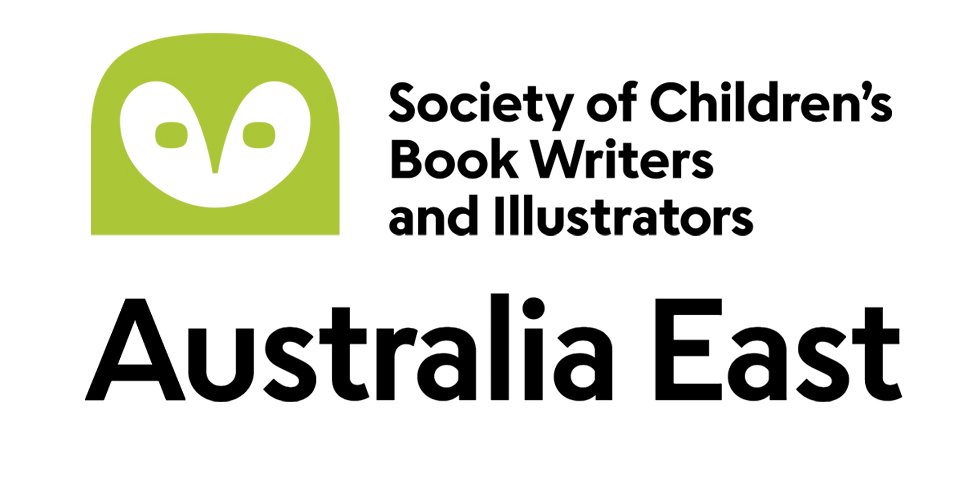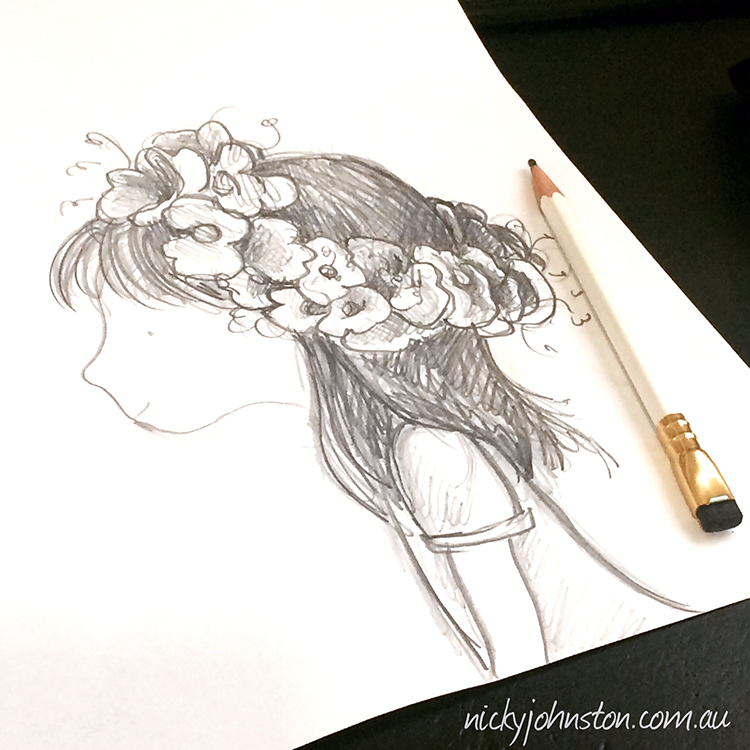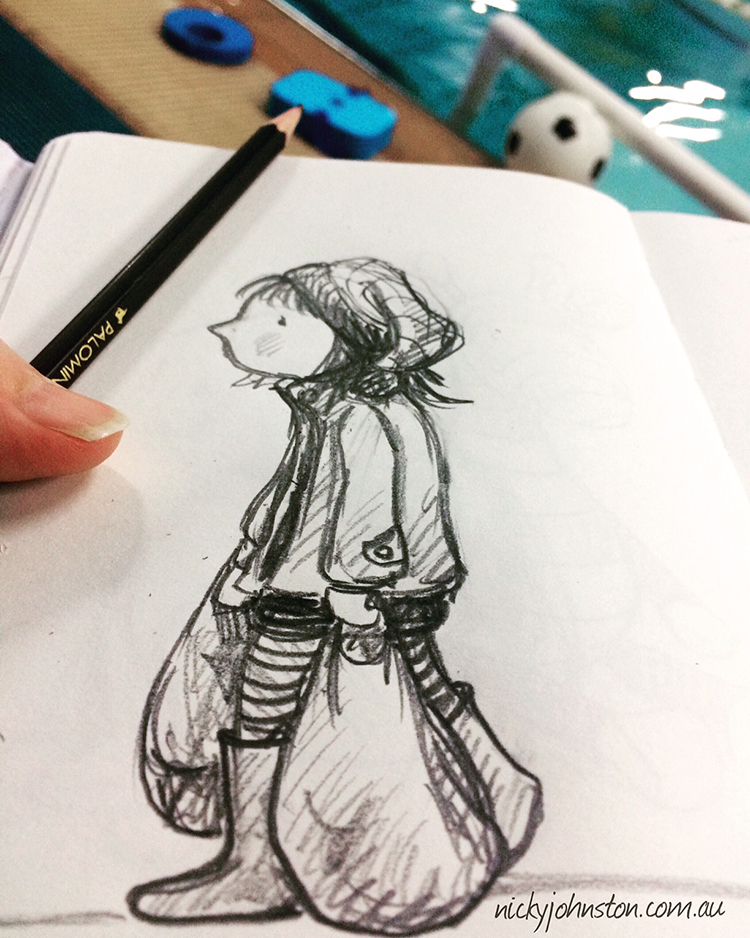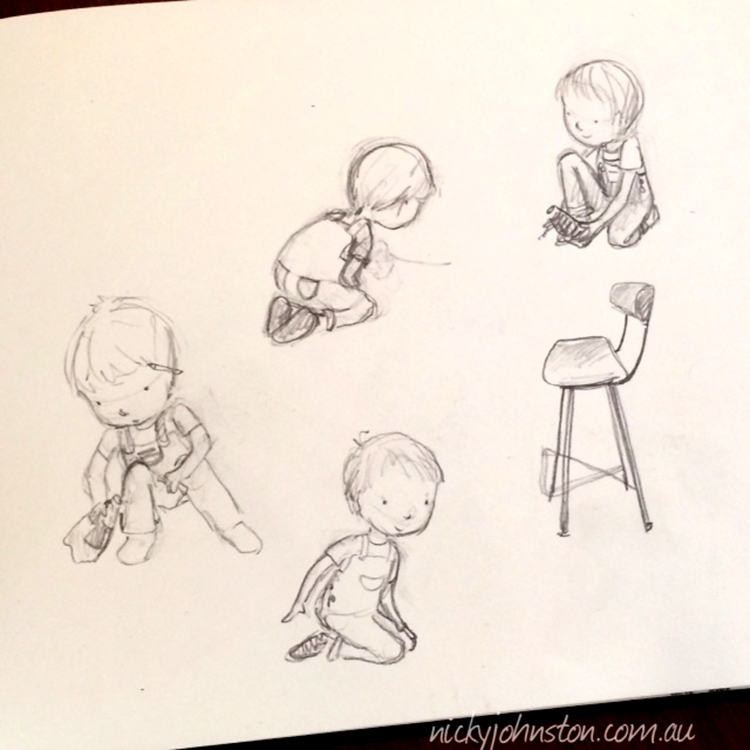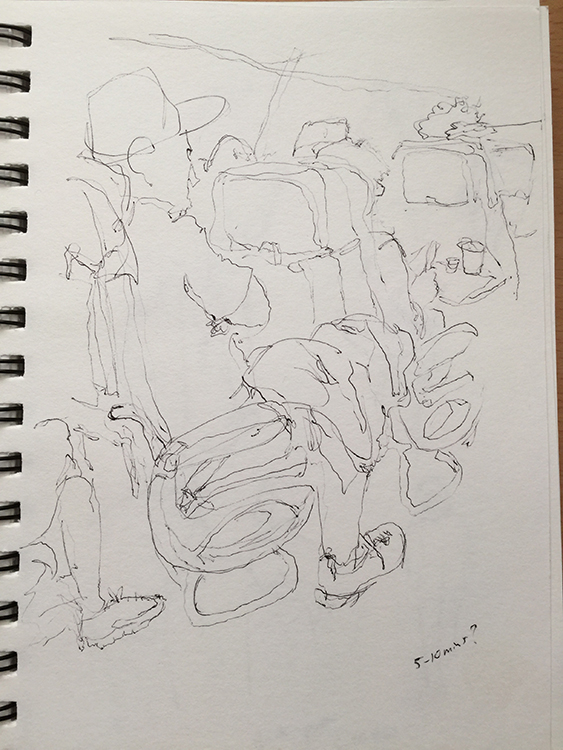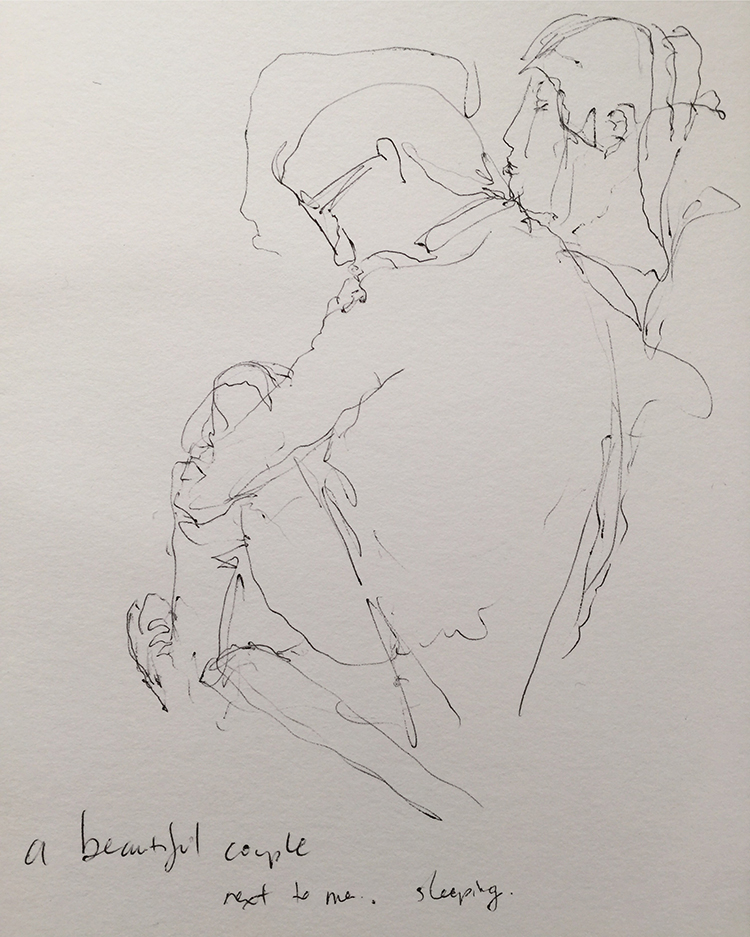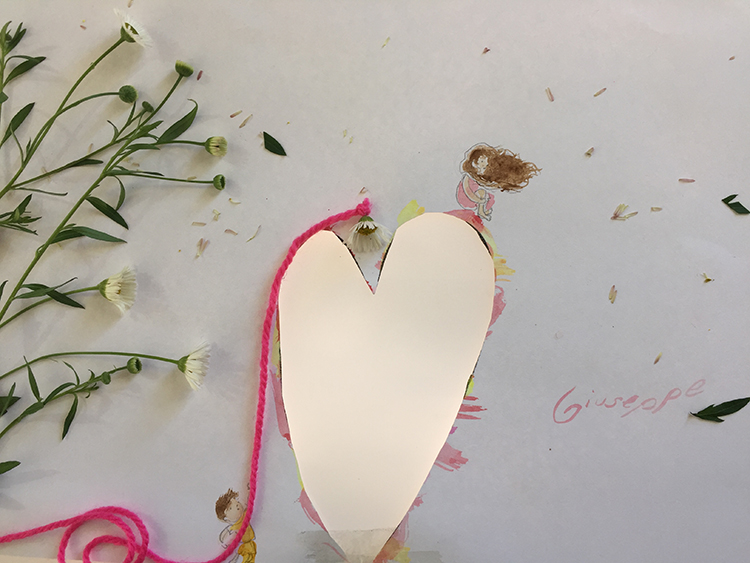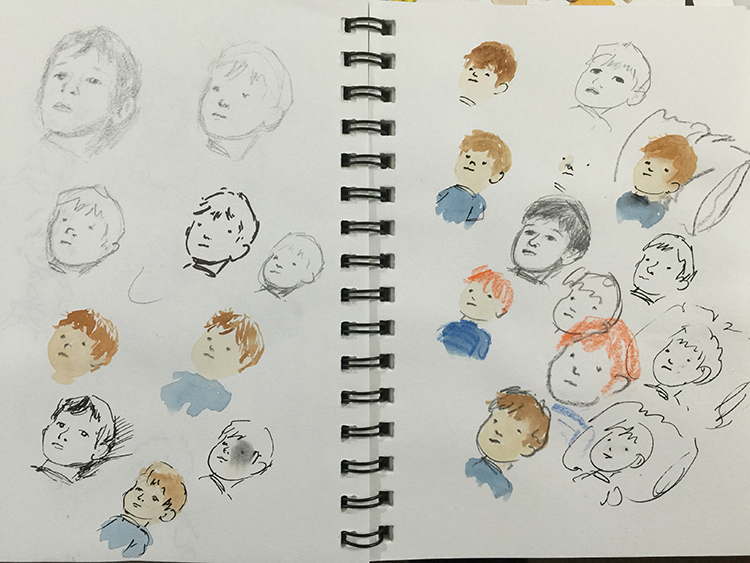The Far North Queensland sub-chapter of SCBWI met last week, marking my first stint at the helm. As we, in the tropical north, are spread from Port Douglas to Mena Creek, with Cairns somewhere in the middle, our members need commitment and determination to attend these meetings. Even so, we seem to have a staunch group of regulars with a diverse collection of skills, strengths and experience.
Nine SCBWI members and prospective members contributed to our lively meeting on Sunday 18th September at Rydges Tradewinds Cairns, the venue of the Tropical Writer’s Festival. The day was balmy and beautiful, and we had a taste of the summer edging near, encouraging us to grab a table where a breeze may find us next time.
The New Kids on the Block. Introducing the Far North Queensland sub-chapter of SCBWI.
The experience of our members varies as do our interests. We have well-published writers in our group and writers just starting out. We write picture books, junior novels, YA, poetry and pretty much everything in between. This gathering gave us a chance to discuss a loose format for our future meetings so that we can make the most of our time when together.
Frequency and venue
We all seemed to agree that 3-4 times a year on Sunday mornings will work well for everyone. At each meeting we will set the date of the next. This should keep us on track although, during the wet season, anything could happen.
Format
The format of the meeting seemed to work well but, as always, when people have a lot to offer, time goes quickly. But generally our meetings will unfold like this:
- With beverages in hand, we’ll start with a brief circuit so everyone can share what they’ve been working on (or not) and how it’s going.
- Next we’ll agree on a date and venue for the next gathering.
- The bulk of the meeting will be discussing the two to three questions or topics that have been brought up in the weeks before the meeting.
- The sands will run out by this time and some, if not all, will stay for lunch.
Interim connection
Another idea came up as well, which seems to be working already. To keep the lines of communication open between meetings, we have decided to start using group emails to throw out questions or concerns. This will allow us to receive answers to specific questions more quickly and help to shape the topics raised at our next meeting.
But wait – there’s more
Aside from discussing our future as a group up here in the steamy north, we also discussed:
- how we make the most of our writing time
- Kay Crabbe’s publishing journey with her latest book The Pearl-shell Diver
- picture book structure and the difference between educational PBs and trade PBs
- Celia Barrell’s project with grade 7/8 kids illustrating her book of poems
- combatting the sagging middle and losing incentive.
So that just about wraps it up for the FNQ sub-chapter of SCWBI, except for a quick plug for a couple of our active members up here: On 9 October, Celia Berrell, of Science Rhymes fame is hosting a Picture Book Poetry Garden Party with picture book author, Trudie Trewin. This is also being held at Rydges.
Happy Spring!
Ann Harth
